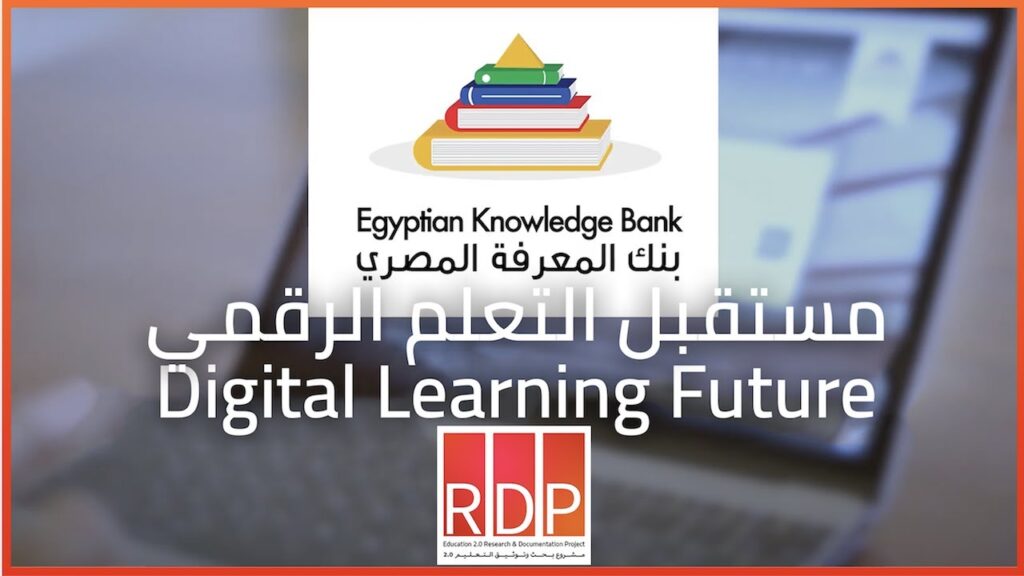In recent years, the education in Vietnam has paid great attention to the application of IT, digital transformation in teaching activities.

The application of IT in teaching activities has gradually changed the traditional teaching and learning methods to active teaching methods, helping teachers and learners promote their thinking, creativity, activeness and effectiveness.
From the centralized classroom model, it has gradually shifted to online teaching models, using IT and communication to support teaching and learning activities. Thereby, learners can access knowledge from anywhere, at anytime, can be active in learning and applying knowledge in practice.
The explosion in educational technology has created and will create non-traditional methods of education, strongly promoting the development of education that is deeply transformative for people.
What is digital transformation?
There are many different definitions of digital transformation, but it can be said in general that it is moving our activities from the real world to the virtual world in the network environment.
Accordingly, people access more information, shorten the distance, narrow the space, and save time. Digital transformation is an inevitable trend, happening very quickly, especially in the context of the current Technology Revolution 4.0 (Industry 4.0).
How does digital transformation impact education?
In recent times, when the global Covid-19 epidemic has affected all areas of life, education and training is no exception. In Vietnam, many educational institutions and schools apply online teaching during the Covid-19 epidemic and thereafter, but the online method still faces challenges in terms of technology, learner capacity assessment methods.…
In addition to some schools that have applied technology to online teaching many years ago, there are still quite a few schools that are not familiar with this form of training, or their facilities and infrastructure are not sufficient to carry out online teaching effectively or promoting learners’ capacity.
However, with the current trend of technology development, access to and application of technology in teaching and learning become easier and more convenient. The development of applications on mobile platforms, social networks to help users easily interact anytime, anywhere, has created conditions for online education to reach a higher level.
The basic foundation of digital transformation in education is based on physical facilities, information infrastructure, specialized digital databases, guidelines, policies, leaders, officials, lecturers, teachers, learners…

What activities does digital transformation in the education industry include?
Digital transformation in education, which is the application of technology, is also based on the purpose and organizational structure of the educational institution and is applied in three main forms:
- Application of technology in the classroom: Classroom facilities, teaching tools.
- Application of technology in teaching methods: Applying technology education trends, such as Smart Classroom, Gamification, Programming, etc. to teaching.
- Application of technology in management: Management and operation tools
Digital transformation in education and training focuses on two main contents: digital transformation in educational management and digital transformation in teaching, learning, testing, assessment and scientific research.
Digital transformation in education management includes digitizing management information, creating large interconnected database systems, deploying online public services, applying 4.0 technologies (AI, blockchain, data analysis …) to manage, operate, forecast, support decision making in education and training quickly and accurately.
Digital transformation in teaching, learning, testing and evaluation includes digitizing learning materials (e-textbooks, electronic lectures, e-learning lecture resources, multiple-choice question banks), digital libraries, virtual laboratories, deploying online training system, building cyber universities.
The benefits of technology for education
Improving the quality of education: Today, technological achievements such as IoT (Internet of Things) help strengthen management and supervision in educational institutions, and monitor learners’ behavior; Big data technology helps analyze learners’ learning behavior for appropriate support and advice; or Blockchain helps build a system to manage information and educational records of learners, allowing to consolidate, manage and share data among many schools, record learning history, learners’ academic transcripts to ensure data information is consistent and transparent.
Increasing interactivity, practicality – application: Application of virtual reality (VR), augmented reality (AR) in education to create virtual laboratories, virtual reality models with the ability to interact with users, or AR books, Blippar software that teaches space science, etc. has helped learners to have multi-sensory experiences, easy to understand, easy to remember and create curiosity and excitement for learners, while increasing interaction, practice and application of knowledge right in the classroom.
Creating flexible learning spaces and times, promoting open – equal – personalized education: Recently, the mass open online course (MOOC) has exploded with big names in the world such as: Udacity, Coursera, edX, Udemy, FutureLearn, allowing learners to acquire knowledge flexibly and conveniently anytime, anywhere.
This promotes an open education, helps people access multi-dimensional information, narrows all spaces, optimally saves time, thereby developing quickly in knowledge, perception and thinking.

Open education are accompanied by open learning resources which help learners and teachers to connect with knowledge effectively wherever they are and at any time. Open learning resources are an inevitable development trend of modern education.
Reducing training costs: With the development of the Internet, online teaching models (e-learning) help reduce training costs. Accordingly, the course cost will be reduced to a significant extent.
Training institutions can save costs on equipment and facilities, expenses for lecturers and experts; learners can save tuition fees, living expenses and learning materials…
Better operation of training facilities: The application of technology into operation helps manage teachers and students more thoroughly, reduce wasteful loads, increase efficiency and working quality of office and training blocks. .
Assessment (student knowledge, guiding documentation and progress measurement): Using student assessments combined with data analysis, teachers can apply the information they have to make adjustments to teaching plans.
Students can answer the lecturer’s questions through the software, from which the lecturer can accurately assess the knowledge of each student.






 Tiếng Việt
Tiếng Việt
